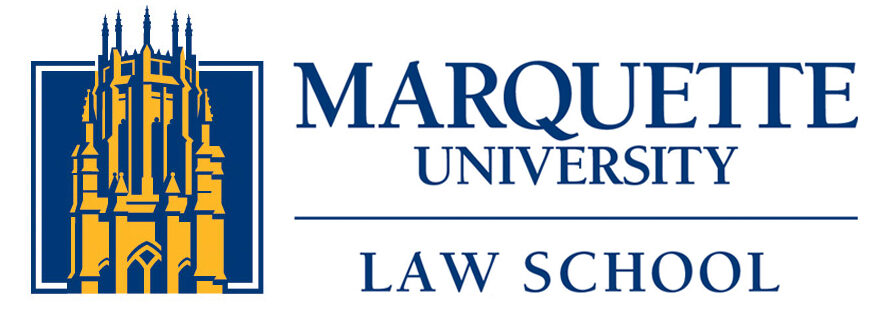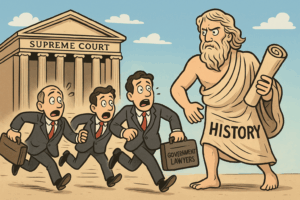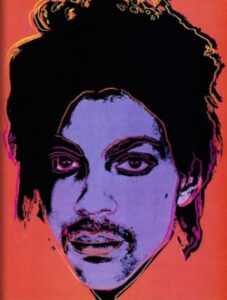Running Away from History in Trump v. Slaughter
[This piece is cross-posted and was originally published in the Yale J. on Reg.: Notice & Comment blog.] On December 8, 2026, the Supreme Court will hear oral argument in the landmark case of Trump v. Slaughter. A fundamental issue in the case is whether the statutorily created office of Commissioner for the FTC can include partial restrictions on the President’s ability to remove a Commissioner. The government contends that the statutory removal restrictions impinge on an indefeasible Presidential removal power under Article II.
While the Supreme Court’s recent decisions in Seila Law and Collins have recognized an indefeasible Presidential removal power for some officers, a flood of recent research has undermined historical arguments for a categorical rule that would extend removal at pleasure to all officers or all principal officers. For summaries of this historical literature see Chabot, Katz, Rosenblum & Manners, Nelson, Katz & Gienapp. (My latest paper, The Interstitial Executive: A View from the Founding, adds more fuel to the fire: it introduces a critical body of previously overlooked archival evidence to show that the Washington, Adams, and Jefferson administrations routinely complied with statutory removal restrictions in their officer commissions.)
The government’s reply brief banked on recent precedent from the Roberts Court. It leaned into Seila Law and the unitary understanding of the Decision of 1789 that the Court adopted in that case. At the same time, the government offered an extension of Seila Law that would create further conflicts with the historical record.
Both Seila Law and the officers created pursuant to the Decision of 1789 involved departments led by single officers. Neither Seila Law nor the Decision of 1789 involved statutory tenure protections for officers serving on multimember commissions such as the Federal Reserve or the FTC. As a result, Seila Law is not necessarily at odds with historical evidence supporting these independent multimember commissions. Some of the strongest Founding era examples of tenure-protected officers were those serving on multimember commissions such as the Sinking Fund Commission (described in my work here and here) and the Revolutionary War Debt Commission (described in recent work by Victoria Nourse as well as my new paper).


 Next week, the Supreme Court will hear oral argument in
Next week, the Supreme Court will hear oral argument in